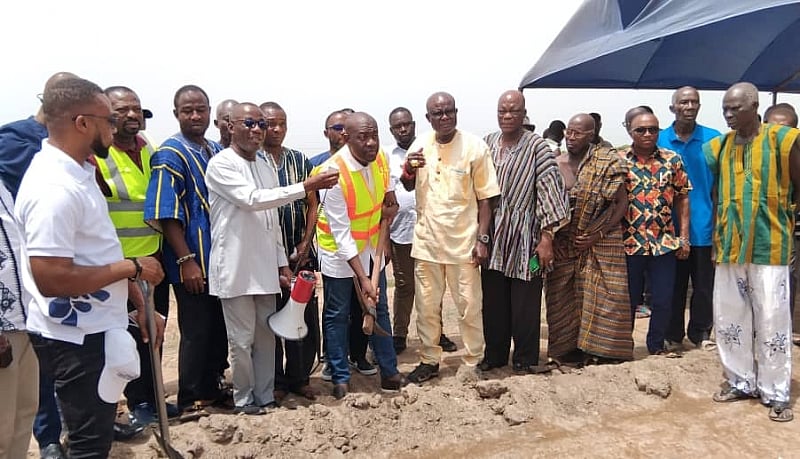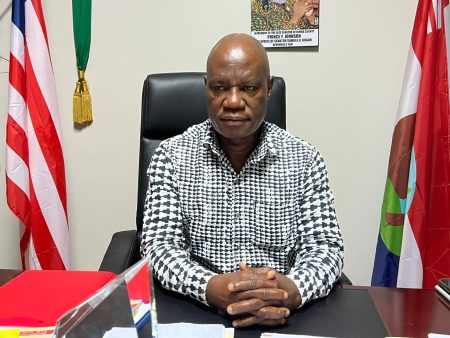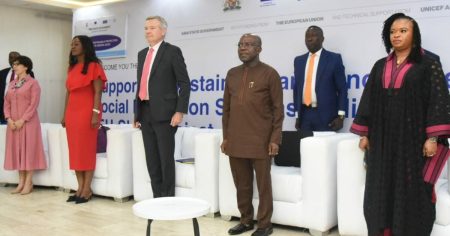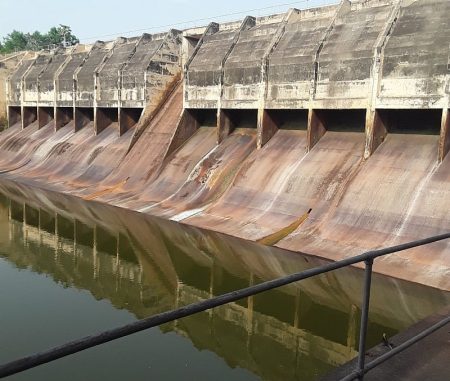In response to the devastating impact of the Akosombo Dam spillage in 2023, the Ghanaian government, under the leadership of Minister for Works and Housing, Kojo Oppong Nrumah, has taken significant steps toward the resettlement of over 30,000 displaced individuals. These residents, primarily from communities such as Mepe, Battor, Sogakope, Mafi, Adidome, and Ada, were left homeless due to the extensive flooding caused by the spillage. Nearly a year post-incident, many of them have been living in temporary shelters, including tents, while waiting for permanent housing solutions from the government. The assurance provided by the Minister underscores the government’s commitment to addressing the housing crisis effectively and compassionately.
The government’s resettlement initiative includes a comprehensive plan to construct a total of 2,225 housing units specifically for those who lost their homes completely. During a press briefing on September 30, Kojo Oppong Nrumah detailed that the state is investing between GHS400 million to GHS500 million for this substantial undertaking, which is not limited to residential buildings alone but also encompasses essential infrastructure such as schools and healthcare facilities. With the acknowledgment that approximately 40% of the initial damage claims resulted from homes that were not just damaged but destroyed outright, the initiative aims to provide substantial relief to the affected families through full replacements of their lost properties.
To facilitate the commencement of the resettlement project, the Ministry has secured a commencement certificate earmarking GHS200 million to enable the start of construction efforts. In terms of progress, the Minister reported that 115 housing units are already under construction, boasting a progress rate of 60%. This indicates an active commitment from the government to expedite the process and ensure that affected families do not remain in limbo for an extended period. Furthermore, additional plans are in place, with 1,010 more homes approved for construction as part of the project’s second phase, showcasing a proactive approach to meeting the housing demands of the displaced.
The resettlement program, which is part of a broader strategy to restore and improve the living conditions of the affected communities, also focuses on constructing critical social infrastructure to support the residents’ everyday lives. This includes the establishment of schools and healthcare facilities which are vital for ensuring that the displaced families can regain access to essential services that were disrupted by the spillage. The government’s comprehensive approach suggests a long-term vision for sustainable recovery and community rebuilding, moving beyond mere housing to foster a well-rounded resettlement strategy.
Looking forward, the final phase of the resettlement plan is contingent upon cabinet approval, marking a significant milestone that will facilitate the delivery of the much-needed relief to the families impacted by the disaster. The government’s commitment to this phase is crucial as it will determine the pace and effectiveness of the overall resettlement operation. The intent to not only construct homes but also integrate vital social services indicates an understanding of the complex needs of the affected populations, emphasizing the government’s dedication to rebuilding lives and communities.
In conclusion, the government’s resettlement project following the Akosombo Dam spillage stands as a beacon of hope for those who have faced significant hardships. The measures articulated by Kojo Oppong Nrumah reflect a thoughtful, multifaceted approach to recovery, addressing both immediate housing needs and the establishment of necessary infrastructure. This commitment to rebuilding and restoring the lives of the displaced residents highlights the government’s proactive stance and resolve to provide meaningful support, ultimately aiming to foster resilience and uplift the affected communities in their journey toward recovery and stability.














